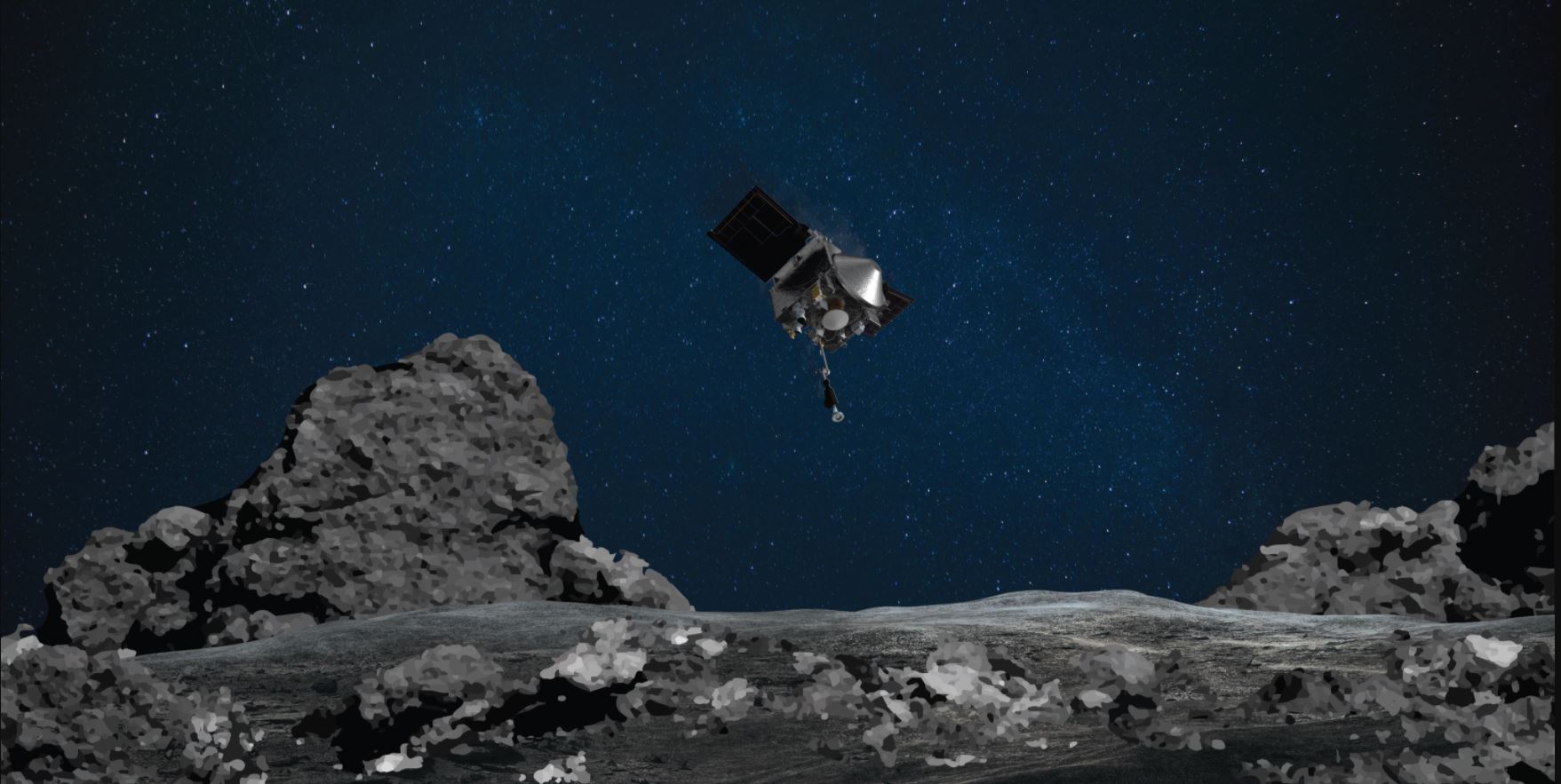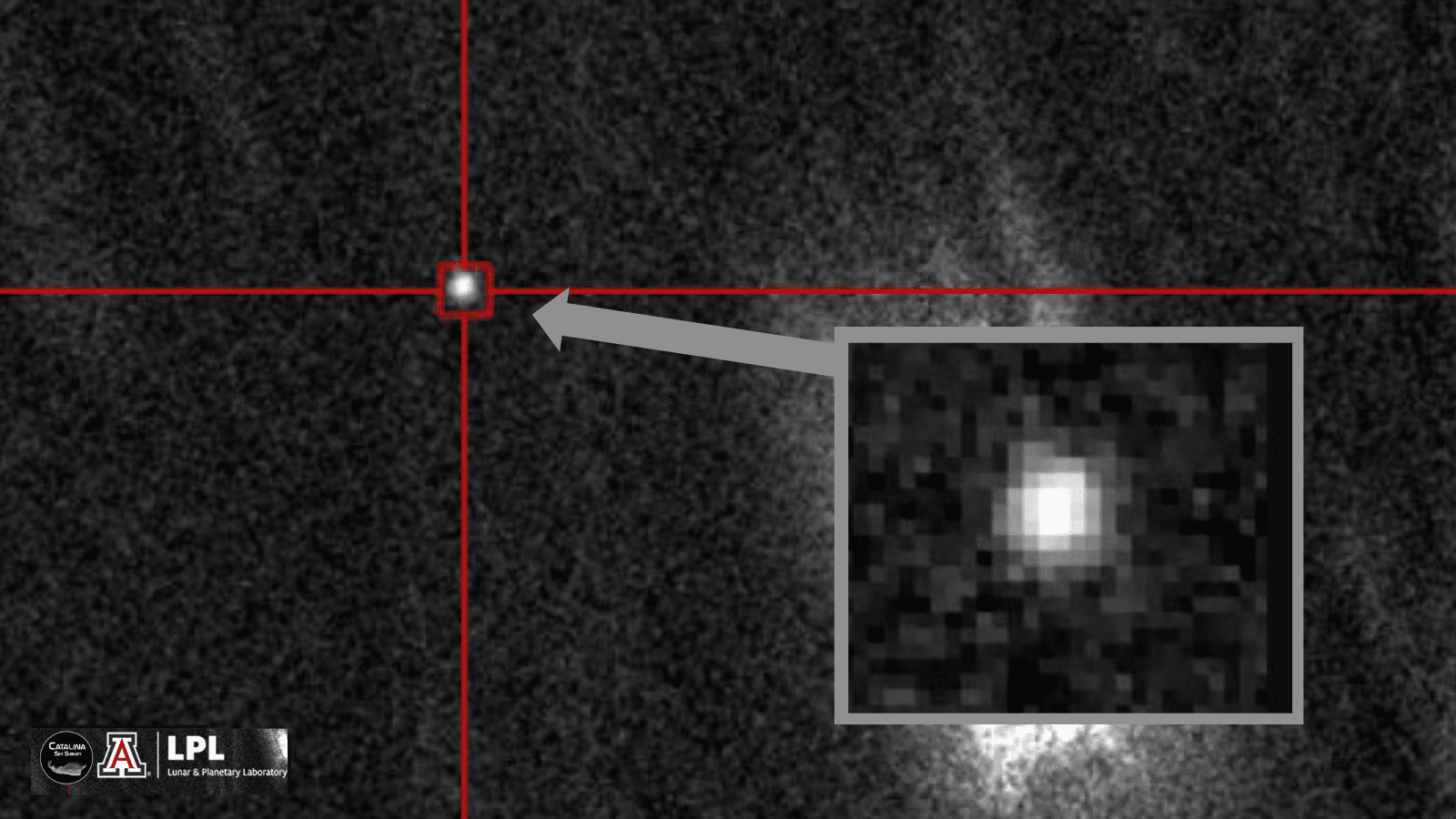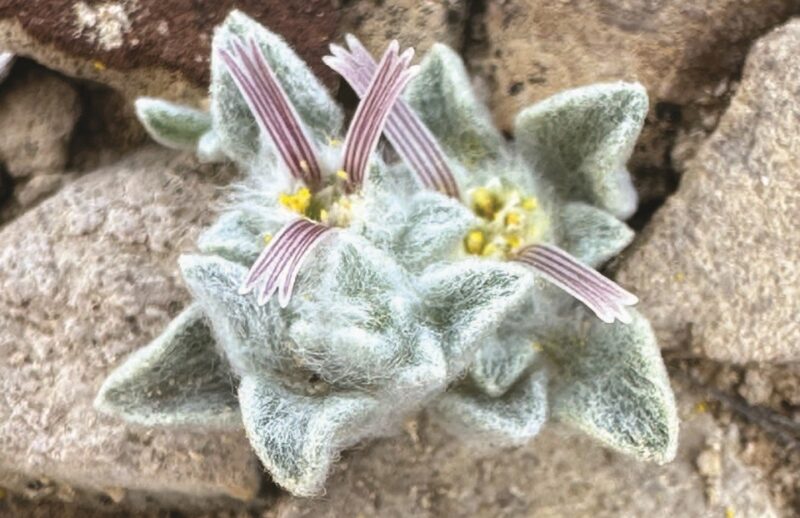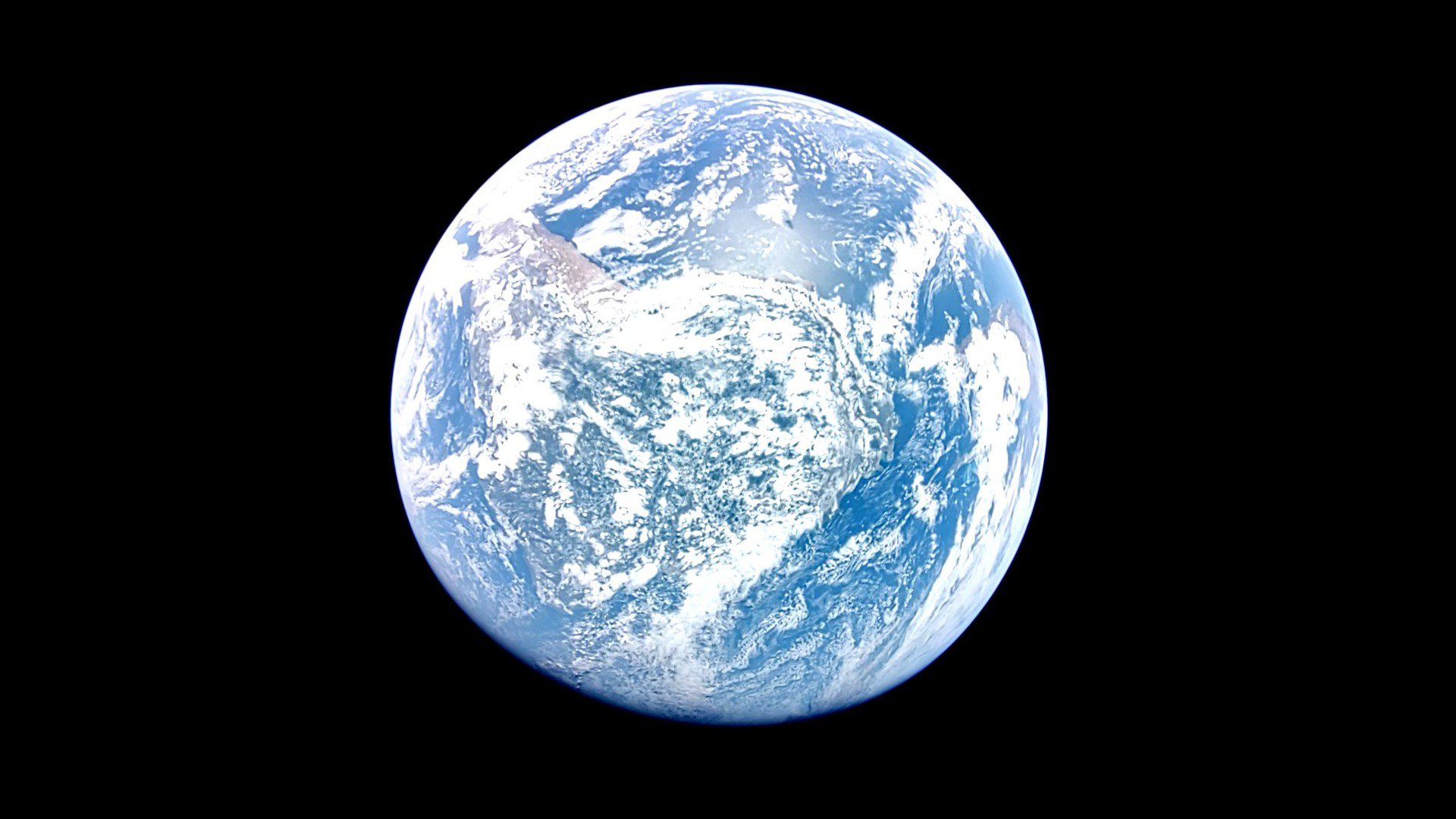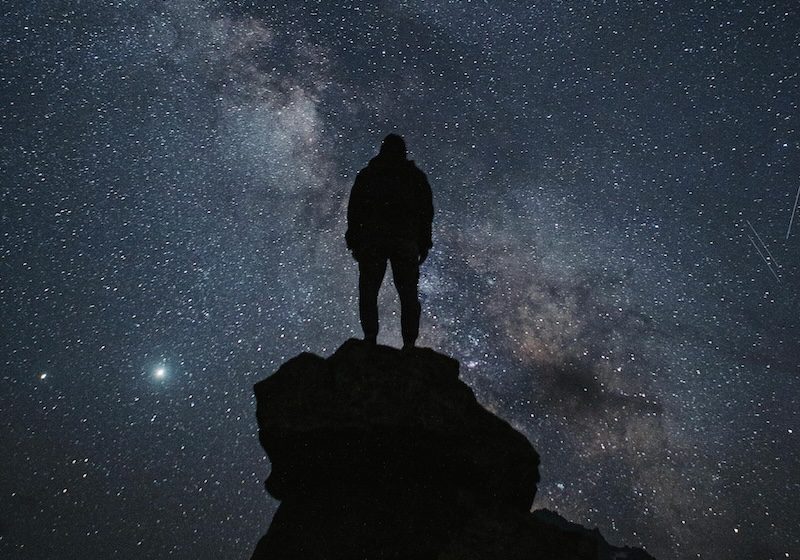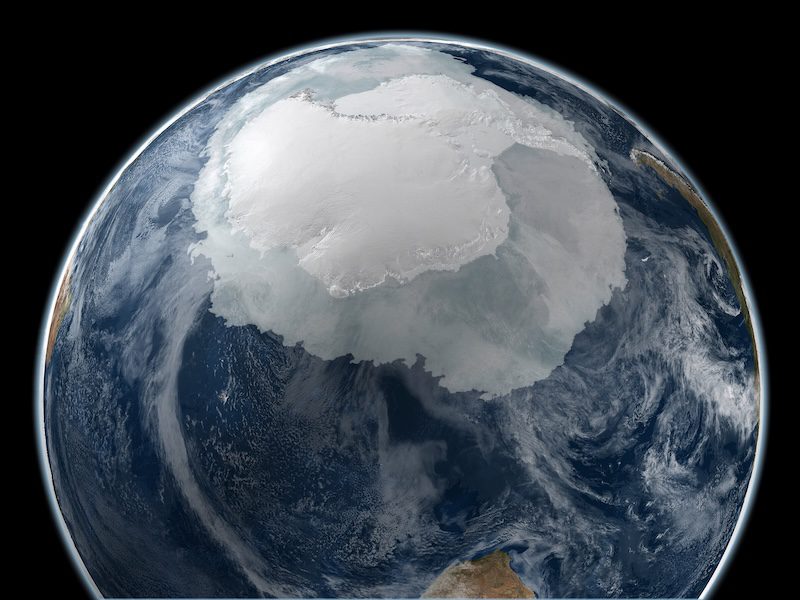Remember that Asteroid That Isn’t Going to Hit Earth? We Could Send A Mission to Explore it!
Last year, astronomers detected the Near-Earth Asteroid (NEA) 2024 YR4 that orbits the Sun every four years and periodically crosses Earth’s orbit. The nature of its orbit makes it a Potentially Hazardous Object (PHO), meaning it could pose a collision risk with Earth someday. Recently, refined estimates of its orbit have ruled out the possibility … Read more
